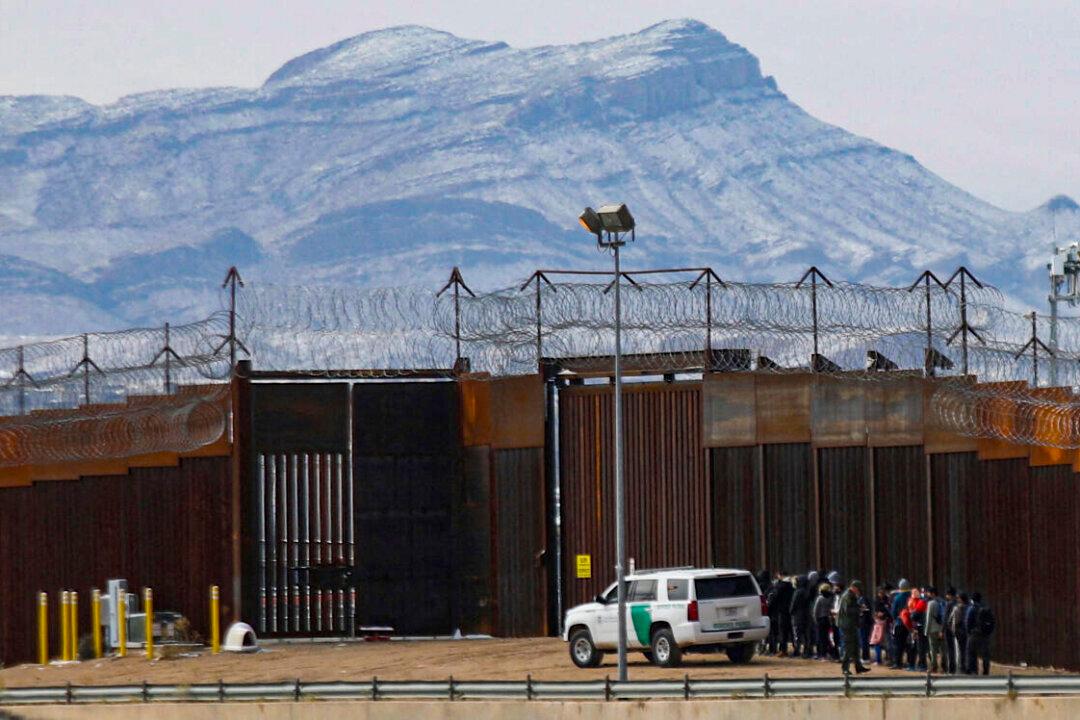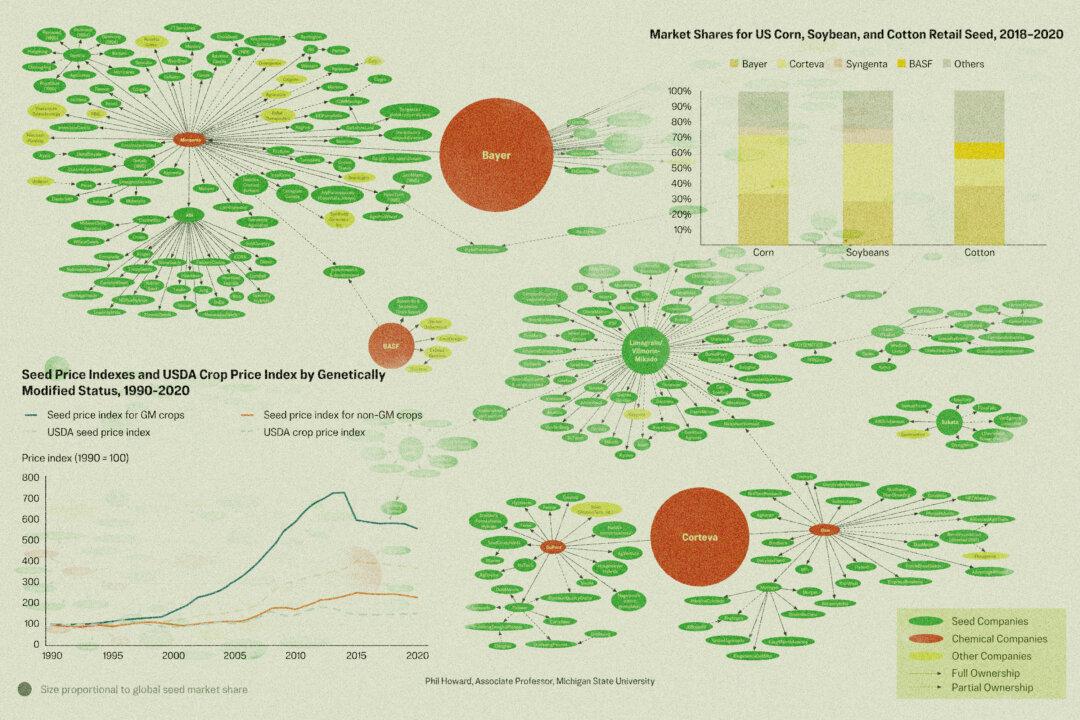In the wake of China abandoning its strict “zero COVID” policy, U.S. border officials have recorded a surge of Chinese immigrants crossing the southern border this year.
Between Oct. 1, 2022, and the end of February, U.S. Customs and Border Protection encountered nearly 3,000 Chinese nationals. This represents a more than 700 percent spike from the same period in 2022.





